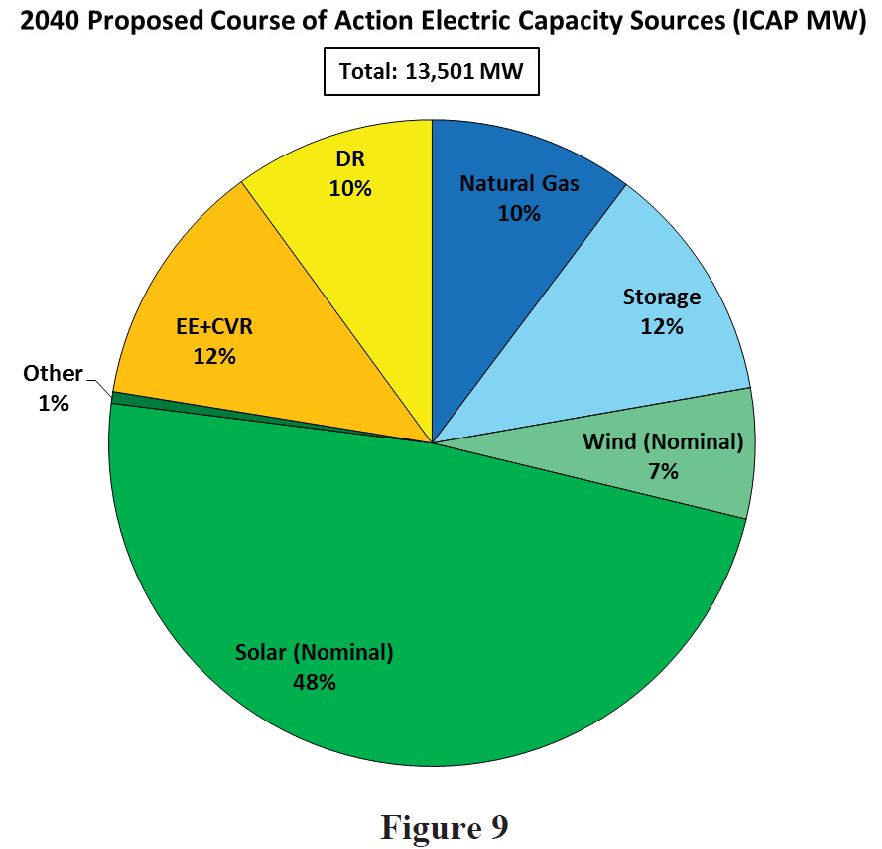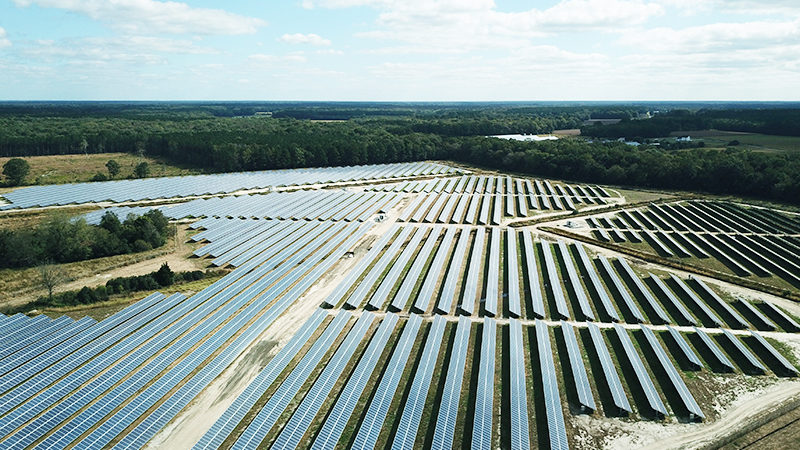Last week Consumers Energy, which provides electricity to 6.7 million of Michigan’s 10 million residents, released a preview of its plan to reach 5 GW of solar power by 2030. This week the utility released more details, including plans for another 6.3 GW of solar by 2040.

The utility’s Integrated Resource Plan (IRP), which lays out how and when the new volume will come online, is now publicly available. An important definition for the chart to the side – ‘ZRC’ is a Zonal Resource Credit. This is a valuation of available capacity that the utility can count as meeting legal requirements. For each 1 MW of solar power installed, the state is allowed 0.5 ZRCs, based upon calculations of the contribution of solar to meeting peak power demand.
Therefore, starting in 2021 we’re going to see 100 MW of new solar, 300 MW for 2022 and 2023, followed by five years of 500 MW a year – before three years of 600 MW a year. Thereafter, goals of smooth sailing with 150 MW of solar per year through 2040, landing softly the 6,350 MW goal.
The solar installed starting in 2032 will be coupled with 50 MW energy storage installations. Energy storage gives 1 ZRC per MW of capacity. The utility is modeling 450 MW of energy storage coupled with solar.
The electricity utility will offer multiple projects to help motivate solar power uptake. Residential customers will be able to participate in utility’s “Solar Garden” community solar program. Business programs are in place to help direct these groups toward clean energy – biomass, wind and solar.
Additionally, up to 150 kW of distributed generation will be allowed net metering credits. However, Consumer was among the parties that supported gutting net metering in the state, which lowers the value of this opportunity.
By 2040, the utility plans for 48% of its total capacity to come from solar power. Only 10% will come from natural gas, as the sole fossil fuel source. Energy storage, demand response and wind will offer 29% of capacity.

One of less noticed aspects of this document, as noted on Twitter by Ben Inskeep, is that the utility has stubbornly resisted its legal obligation to purchase electricity from renewable energy under the Public Utilities Regulatory Policy Act of 1978 (PURPA), and is instead wants to institute auctions. Auction bids have been shown to accelerate the downward pressure on solar power prices, as well as narrowing margins for developers.
Surely this is too good to be true, you're thinking right about now. What's the catch?
The bottom line is Consumers Energy is proposing major changes to how it buys power from independent power producers (QFs), moving from avoided cost-based PPAs to competitive solicitations.
— Ben Inskeep (@Ben_Inskeep) June 18, 2018
Consumers Energy has been selling energy to Michigan since 1886 – over 130 years ago. This old dog just learned a new trick.

This content is protected by copyright and may not be reused. If you want to cooperate with us and would like to reuse some of our content, please contact: editors@pv-magazine.com.








Lower prices and thinner margins for developers is a good thing for consumers, is it not? Are we to be that concerned with developer profits?